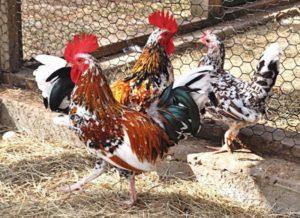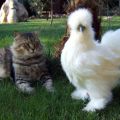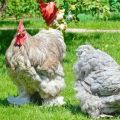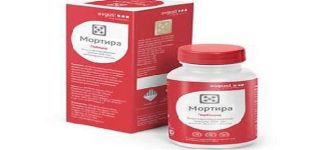Description and characteristics of the breed of chickens dwarf Cochinchins, rules of maintenance
The pygmy cochinchin is an ornamental chicken breed that is suitable for small areas. Many people mistakenly think that these birds are a smaller copy of the common Cochin Chin. She is a full-fledged breed with certain traits and characteristics. When growing birds, it is worth providing them with full and high-quality care. It should include proper arrangement of the poultry house, nutrition, disease prevention.
Description and characteristics of dwarf cochinquins
Dwarf Cochinchins have a number of features. This should be taken into account before starting bird breeding.
Appearance
In appearance, birds look like small fluffy balls. They are distinguished by a rounded body and abundant plumage.
Roosters
Males have a small head with a strong and strong beak, which has a rich yellow color. Birds with dark feathers often have a slight coating on their beaks. At the same time, there is a straight comb with uniform teeth and large cutouts on the head. The bird's head has a red tint and is decorated with the same rounded earrings. The eyes are yellow or orange. For birds with black plumage, brown eyes are characteristic. The birds are distinguished by a short neck with a lush mane. She falls beautifully on her back and shoulders.
Roosters have a strong and broad body that bends slightly forward. In the lower back, the back is slightly raised and merges smoothly into the tail. It is covered with lush and abundant plumage.
The tail feathers are evenly spaced around the circle. In this case, the braids differ in the same length as the tail feathers. This makes the tail look like a ball. Birds have a wide chest and a full belly. The wings are wide and covered with short feathers. The shins are considered to be massive, but short. They are covered with a lot of feathers. The hocks are yellow in color.
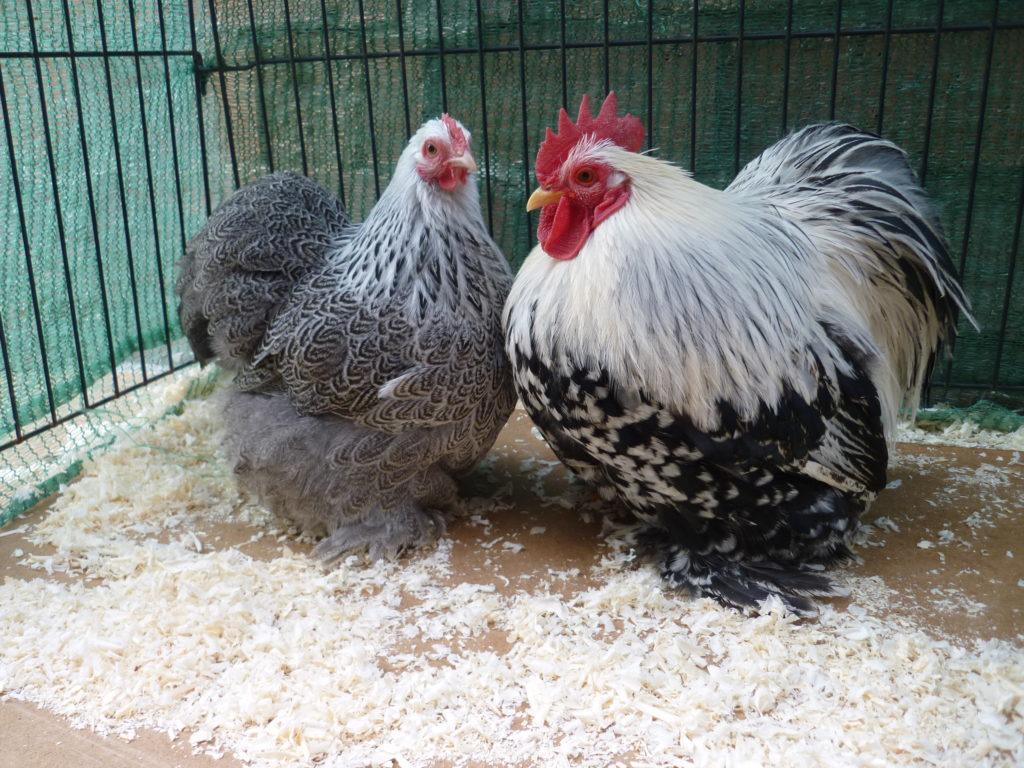
Hen
Chickens of this breed are more massive in build than roosters. However, they are planted quite low, due to which they appear stocky. Feathers have a soft and loose texture. The body of chickens is more inclined than that of males. The lumbar cushions are quite lush, which makes the females appear even more massive. The earrings and scallop are red, but smaller. Otherwise, the hens resemble roosters.
Inadmissible signs
Chickens of this breed often have traits that do not meet the standards. These include the following:
- long and flat back and chest;
- white earlobes;
- dark shade of the legs;
- a small number of feathers on the metatarsus;
- long tail;
- dark bloom on the beak of light birds.
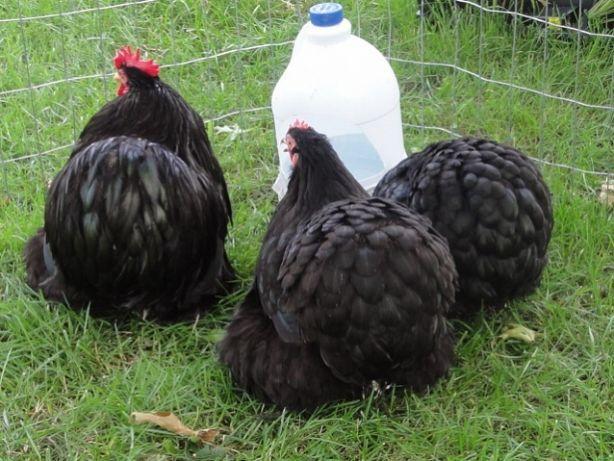
Breed productivity
This is a decorative species of birds that does not stand out for its high productivity. The maximum egg production is 100-120 eggs per year. Moreover, 1 egg weighs 50-60 grams. Chickens of this breed are more active in laying eggs in winter and spring. Females, on average, weigh 3.5-4 kilograms, and roosters 4.5-5. Young birds have medium growth rates. By the end of 4 months, they weigh 2.5 kilograms. The puberty of birds occurs quite late, and therefore this breed is considered not the most suitable for obtaining eggs.
Character traits
Dwarf Cochinchins have a wonderful character. These are calm chickens that do not have a tendency to aggression. Even in stressful situations, they remain calm. Cochinchins are tame. They quickly get used to people and hardly tolerate a change of owner.
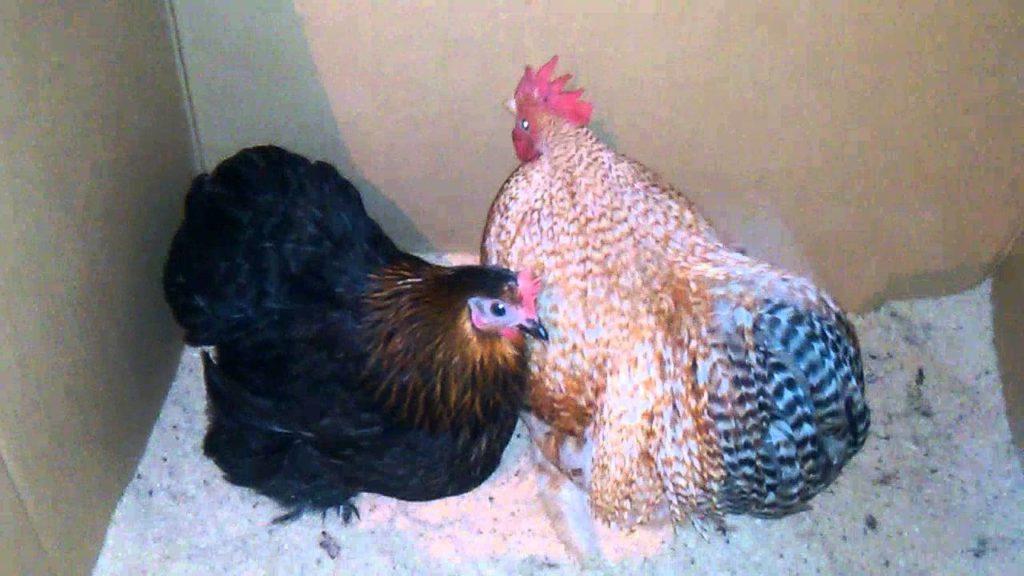
Pros and cons
The key advantages of the breed include the following:
- attractive appearance;
- unpretentiousness to nutrition;
- undemanding to conditions of detention;
- well-developed maternal instinct;
- calm character;
- high egg production in winter;
- quality meat.
The disadvantages of chickens include the following:
- obesity tendency;
- late plumage of birds;
- high price;
- late onset of oviposition.
Specificity of maintenance and care
In order for the birds to develop normally, they are advised to provide the correct housing conditions.
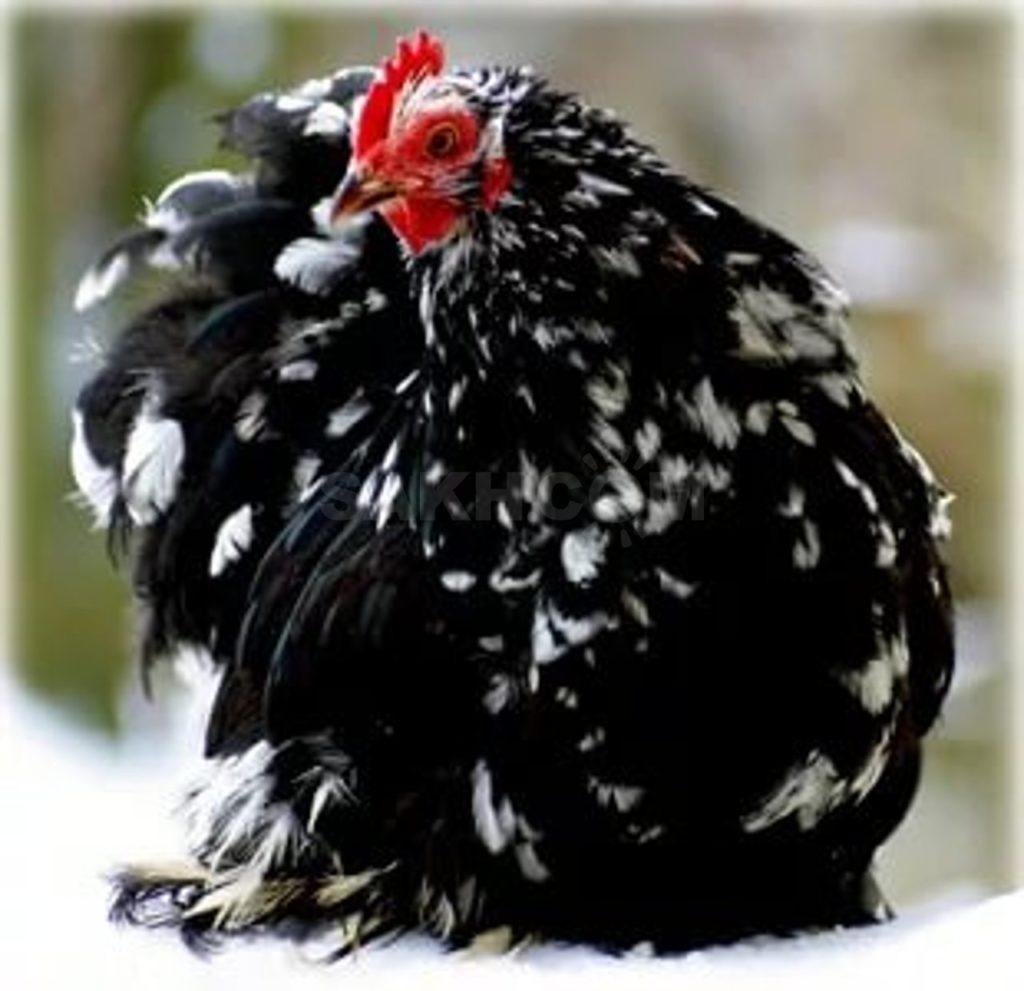
Poultry house
Dwarf Cochinchins tolerate frost well. Therefore, it is permissible to keep them in an area with a temperature decrease to -30 degrees. The poultry house needs to be heated only when the temperature drops to -12 degrees. Chickens are small in size. Therefore, they do not need a lot of space in the chicken coop. In this case, it is worth making sure that the birds do not touch each other. Creation of high-quality perches is of no small importance.
To do this, it is worth using small bars that the birds can grab with their paws. Keeping chickens on the floor is prohibited.
It is imperative to monitor the dryness and cleanliness of the litter. It should be pretty shallow. Chopped sawdust and straw are suitable for this. The house must have closed drinking bowls that prevent birds from pouring water onto the litter.
Walking yard
Walking for these birds is recommended to be organized in a clean place. It is located on a hill, far from groundwater. Short grass becomes an excellent option for birds. They will be able to walk and look for insects in it.
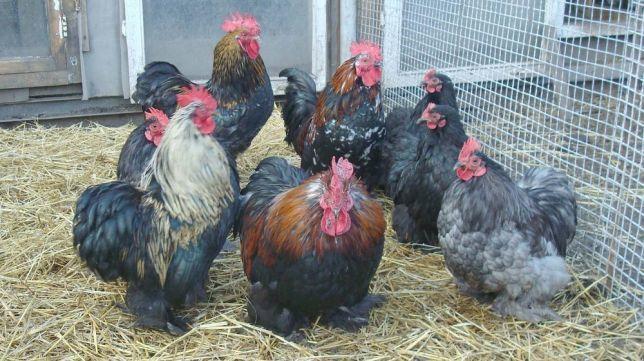
Molting and break of egg production
During molting, chickens stop laying eggs. Although birds molt relatively quickly and painlessly, you should not expect egg production from them.
How to feed the breed?
In order for the birds to develop normally and not get sick, it is recommended that they provide adequate and high-quality nutrition.
Adults
There are no special requirements for the diet of birds. In this case, it is recommended to follow these rules:
- It is forbidden to overfeed birds and use too high-calorie food. This provokes obesity and negative consequences for birds. In this case, chickens should be put on a plant-based diet and sprouted cereals should be added to the menu.
- The main product for chickens should be cereals. It is also permissible to use special feed formulations. They contain crushed cereals, meal, minerals and vitamins.
- Give the birds the right amount of fat. They also need vitamin and mineral supplements.
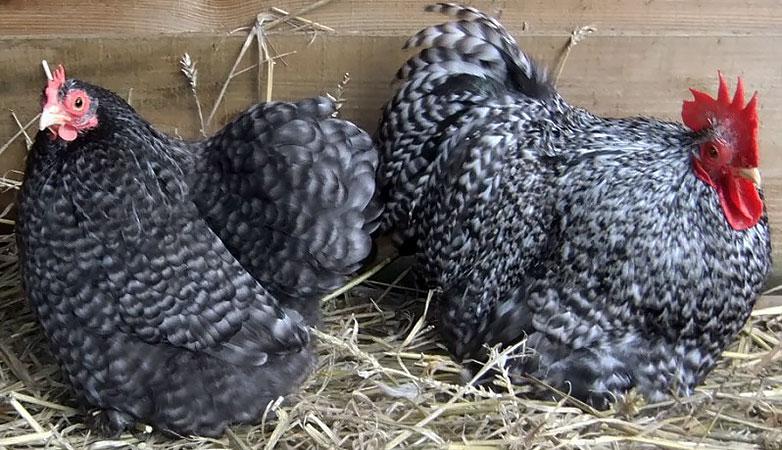
Chickens
For the first time, it is recommended to feed chickens 5-6 hours after birth. In this case, they are given boiled yolk with small grains - wheat or corn.After 2 days, greens can be added to the diet. You should also add calcium and vitamins to the menu. Since chicks are small, it is recommended to feed them chopped food for longer. It should have a crumbly texture to avoid sticking to the inside of the crop. From 2-3 weeks, it is permissible to expand the diet.
Chicks that go out for a walk eat insects, greens, and worms. Also, stones and sand enter their body, which are needed for normal digestion.
How to breed birds?
These birds are distinguished by a pronounced maternal instinct. Therefore, the use of an incubator is not required. Breeding problems can arise at the stage of fertilization of eggs and selection of hatching material. It is best to buy chicks from breeders.
To obtain eggs that are suitable for hatching, 1 cockerel is required for 4 chickens. If there are more females, the number of unfertilized eggs increases. When selecting material for incubation, it is worth considering the weight of the eggs. They must weigh at least 35-40 grams. It is important that the material has the correct shape and a strong shell.
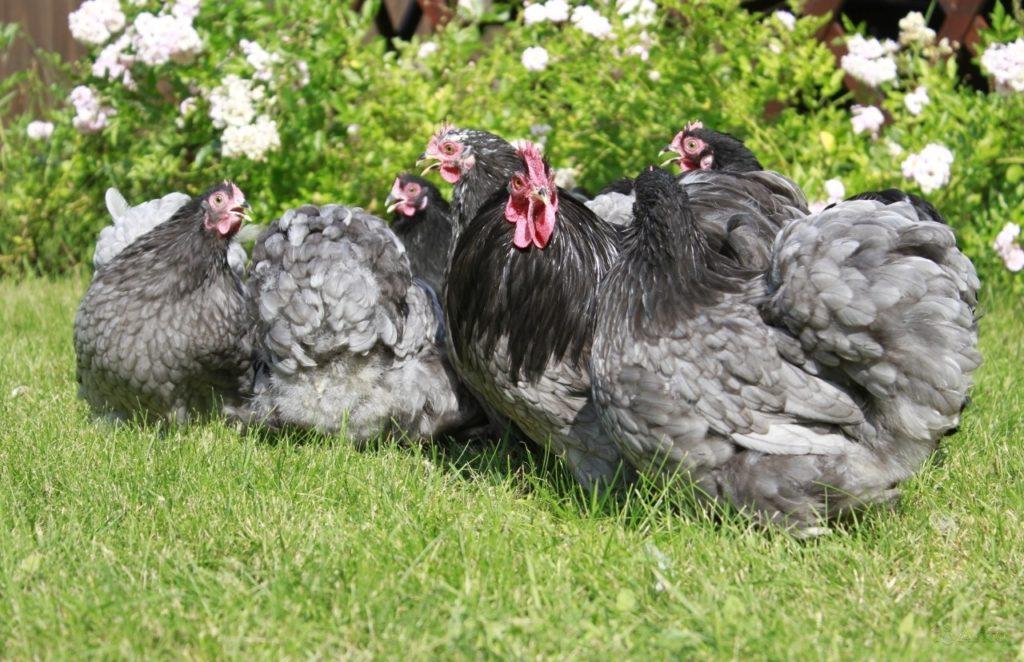
It is imperative to adhere to the shelf life of eggs for incubation. When the chicks hatch, the brood hen will warm and train them. Chicks are very slow growth. They gain 70 grams of weight per week. Development lasts up to 7-9 months. Feeding is carried out in the same way as for other breeds.
Frequent illnesses
The greatest danger to these birds is parasite infestation. Livestock can suffer from attacks by fleas, ticks and chewing lice. For preventive purposes, birds should be treated at least once a month. Birds are not prone to other pathologies.
The dwarf cochinchin has a decorative appearance. At the same time, the birds cannot boast of high productivity. To achieve success in breeding birds, they are recommended to provide complete and high-quality care. At the same time, the birds will have to properly equip the house and provide them with a balanced diet.
